Species Photo Gallery for Enchenopa binotata complex Enchenopa binotata complex 26 |
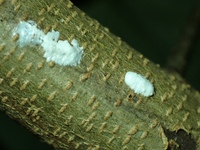 | Photo by: Kelli Ashby
Durham Co.
Comment: Eggs of Enchenopa binotata complex | 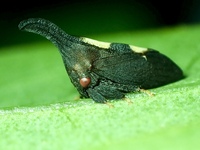 | Photo by: Kelli Ashby
Durham Co.
Comment: Deciduous trees in urban garden. |
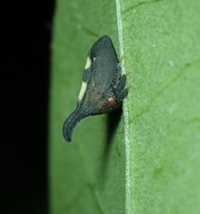 | Photo by: Kelli Ashby
Durham Co.
Comment: Deciduous trees in urban garden. | 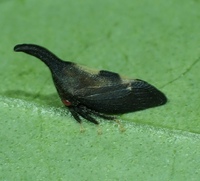 | Photo by: Kelli Ashby
Durham Co.
Comment: Deciduous trees in urban garden. |
 | Photo by: Kelli Ashby
Durham Co.
Comment: Deciduous trees in urban garden. |  | Photo by: Ted Wilcox
Watauga Co.
Comment: unid_treehopper |
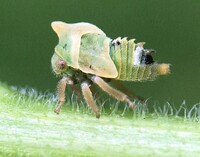 | Photo by: Ted Wilcox
Watauga Co.
Comment: unid_treehopper | 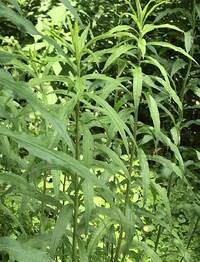 | Photo by: Ted Wilcox
Watauga Co.
Comment: unid_treehopper |
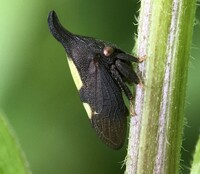 | Photo by: Ted Wilcox
Watauga Co.
Comment: unid_treehopper | 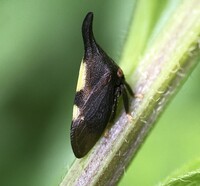 | Photo by: Ted Wilcox
Watauga Co.
Comment: unid_treehopper |
 | Photo by: Ted Wilcox
Watauga Co.
Comment: unid_treehopper |  | Photo by: Ken Kneidel
Mecklenburg Co.
Comment: 3.2 mm, feeding on goldenrod |
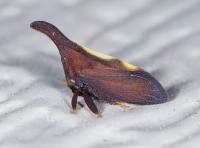 | Photo by: Jim Petranka
Madison Co.
Comment: |  | Photo by: Mark Shields
Onslow Co.
Comment: |
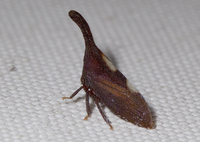 | Photo by: Jim Petranka and Becky Elkin
Madison Co.
Comment: | 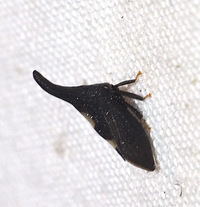 | Photo by: Randy L Emmitt
Orange Co.
Comment: uv lights. Didn't expect it to be so small.rnfemale! |
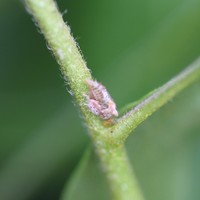 | Photo by: Amanda Auxier
Pender Co.
Comment: unid_planthopper | 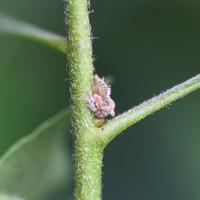 | Photo by: Amanda Auxier
Pender Co.
Comment: unid_planthopper |
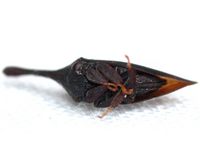 | Photo by: Kyle Kittelberger, Brian Bockhahn
Rockingham Co.
Comment: grassy area near mixed hardwood forest and a pond | 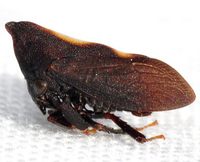 | Photo by: Kyle Kittelberger, Brian Bockhahn
Rockingham Co.
Comment: grassy area near mixed hardwood forest and a pond |
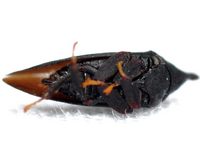 | Photo by: Kyle Kittelberger, Brian Bockhahn
Rockingham Co.
Comment: grassy area near mixed hardwood forest and a pond | 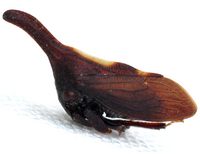 | Photo by: Kyle Kittelberger, Brian Bockhahn
Rockingham Co.
Comment: grassy area near mixed hardwood forest and a pond |
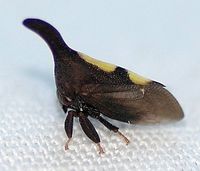 | Photo by: Paul Scharf, B Bockhahn, C Mitchell
Durham Co.
Comment: Caught sweeping | 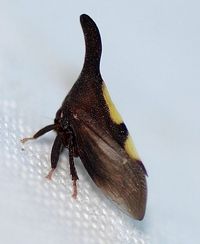 | Photo by: Paul Scharf, B Bockhahn, C Mitchell
Durham Co.
Comment: Caught sweeping |
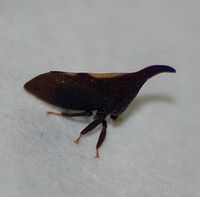 | Photo by: Paul Scharf
Warren Co.
Comment: Attracted To Light | 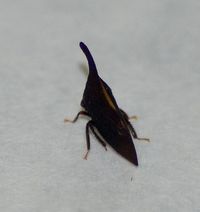 | Photo by: Paul Scharf
Warren Co.
Comment: Attracted To Light |
|

 »
»


 »
»
